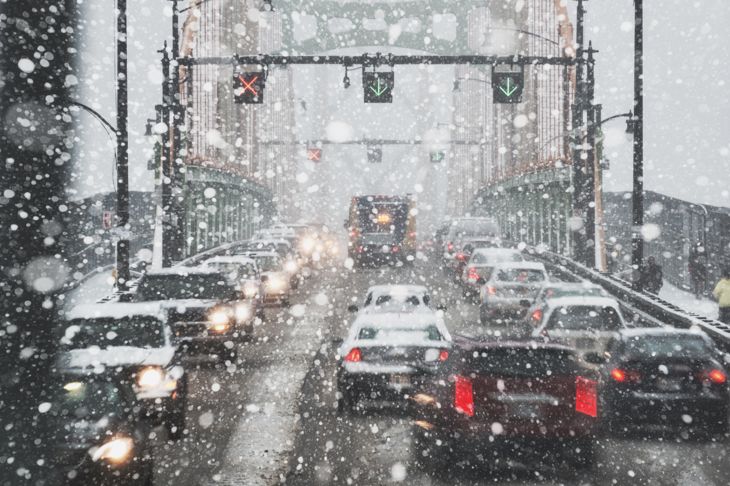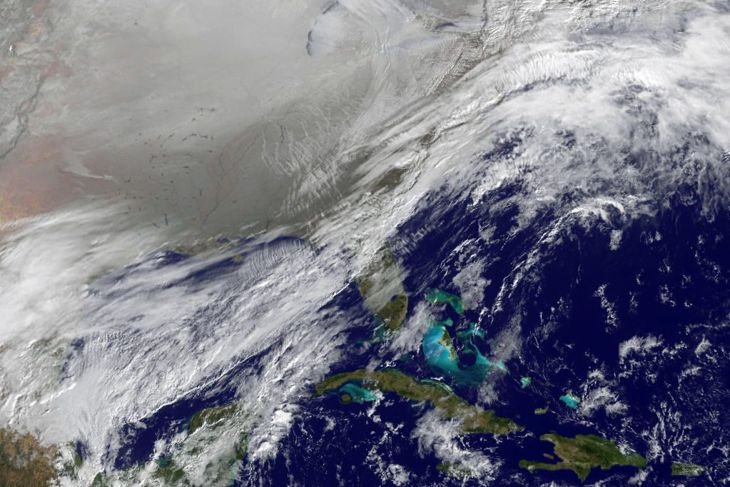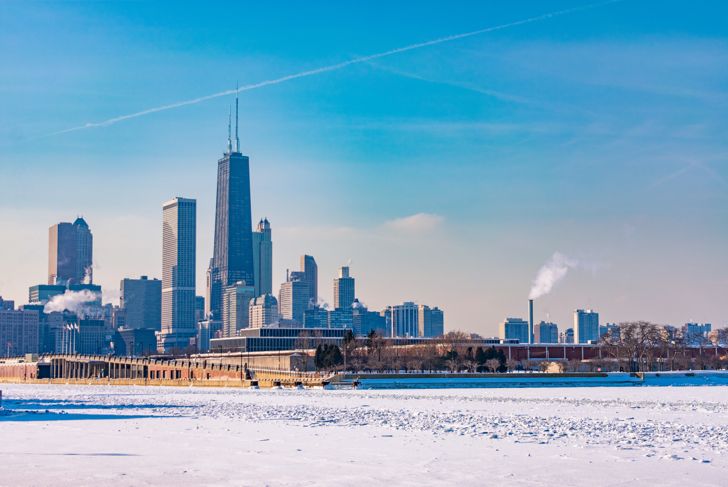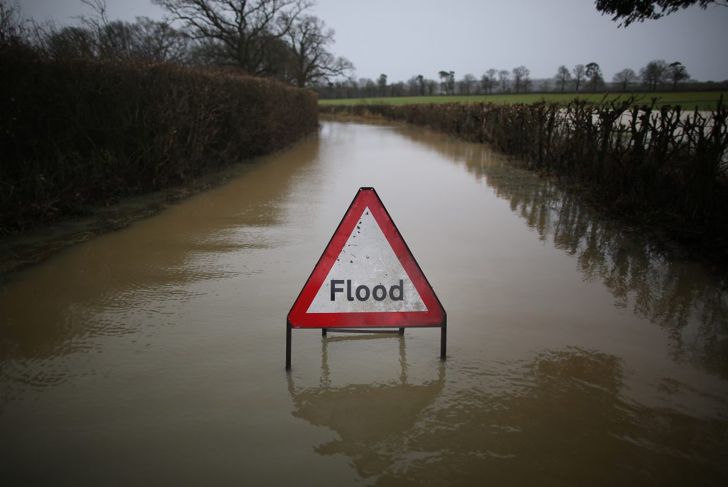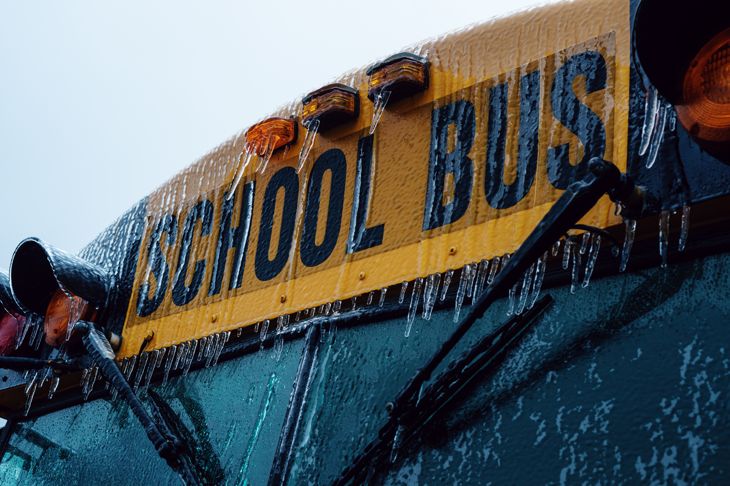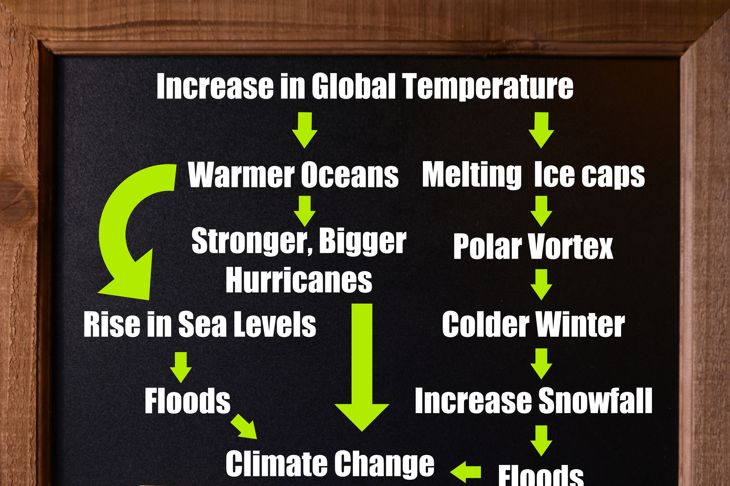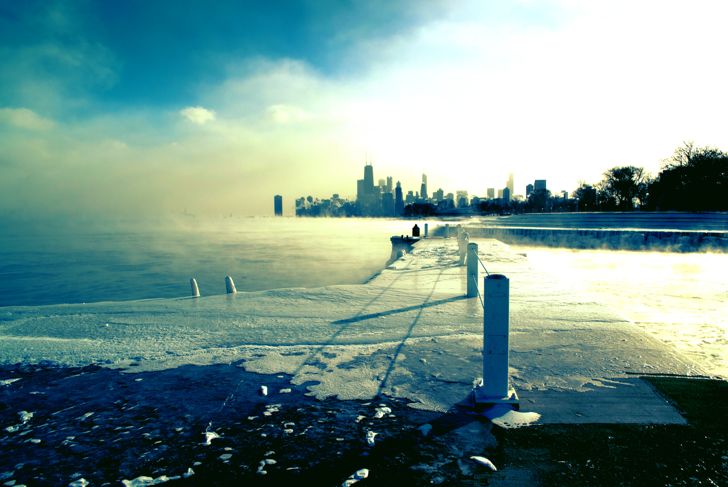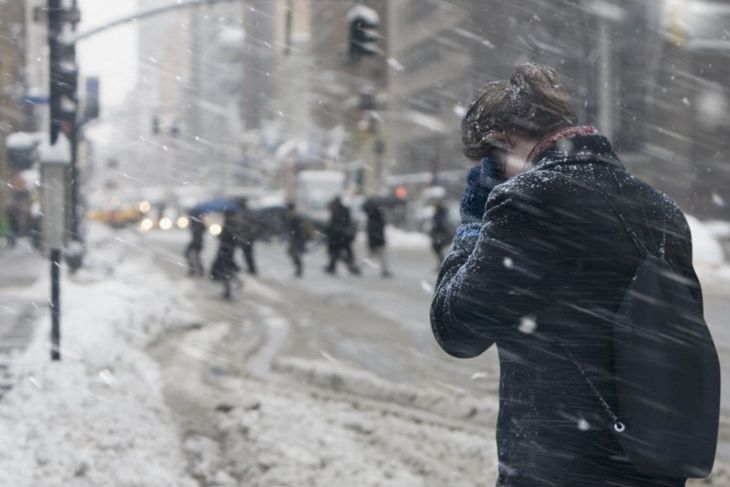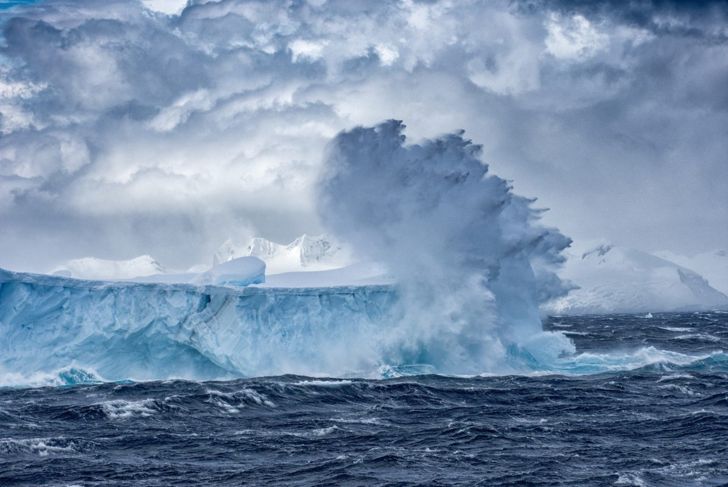If you’ve watched the weather report over the years, you’ve probably heard about polar vortexes. Thanks to widespread storms and freezing temperatures sweeping the globe, polar vortexes are rapidly gaining attention. These unique storms can drastically affect the weather by pushing freezing polar air into warmer regions. But many people wonder, what exactly is a polar vortex?
What is a polar vortex
A polar vortex is essentially an extremely cold hurricane or cyclone. The official NASA definition is “a whirling and persistent large area of low pressure” that typically forms over the North and South poles. During winter, the northern hemisphere’s polar vortex becomes more chaotic, spreading cold air over the rest of the globe and affecting the weather. People often use “polar vortex” to describe localized weather events, but this isn’t accurate.
Waxing and waning of the polar vortex
In the autumn, polar winds increase in speed and raise a coherent rotating air mass into the stratosphere. This becomes a polar vortex. When the polar vortex is healthy, it keeps the jet stream traveling around the Earth in a circular path. Warm air, known as sudden stratospheric warming (SSW), sometimes enters and weakens the polar vortex. This causes cold air to drop, resulting in the jet stream expanding in a wave-like pattern.
Polar vortex effects on weather
Most weather conditions occur in the troposphere, while polar vortexes sit in the stratosphere. While changes to the vortex influence weather in the troposphere, it is hard to predict what will occur. Sometimes they cause serious storms and frozen temperatures, but there may also be no observable effect. Additionally, polar vortex disruptions do not immediately change the weather. A polar vortex may recover within a couple of weeks, while its effects on the troposphere can last for up to eight weeks.
Other possible effects
Polar vortexes can bring more than just harsh winds and cold weather. In 2013-2014, when a polar vortex brought record low temperatures to the United States, the United Kingdom experienced widespread flooding instead. The southern hemisphere polar vortex often brings rain, snow, blizzards, and hail to regions of Australia. Additionally, while a weakening polar vortex spreads, a strong polar vortex shrinks. This means that a particularly strong polar vortex may noticeably increase temperatures in certain locations.
How cold is a polar vortex
The weather that results from polar vortex changes can be extremely cold. A polar vortex brought a deep freeze to the U.S. in 2019. Some areas in the midwest had a windchill just above -50 F. At these temperatures, frostbite can occur within only 10 minutes. Other storms resulted in frozen sharks washing up on the shores of Cape Cod. Temperatures within the polar vortexes in the stratosphere can drop below -112 F.
Effects of climate change
Because polar vortexes change with different air temperatures, climate change may affect them in dramatic ways. The Arctic region is warming much faster than the rest of the planet. This means that cold air outbreaks aren’t as cold as they once were, but it also means the polar vortex is weaker. A consistently weak vortex could lead to more frequent SSW events that affect the weather more often. While the exact effects of this are largely unknown, experts predict that snowstorms may become less common but much more severe.
Other impacts on polar vortexes
Various events can influence the polar vortexes and their strength. Volcanic eruptions in tropical areas can lead to particularly powerful winter polar vortexes for up to two years. Extratropical cyclones, which drive much of the weather around Earth, can disrupt a polar vortex. This causes it to split into several smaller vortices that may last for up to a month.
Is all cold weather the result of a polar vortex
The effects of polar vortexes are fairly common in the United States. However, not all cold weather is the result of a vortex. SSW events and other influencing factors are uncommon, and it takes a unique set of conditions for a polar vortex to spread lower than certain areas of Canada. Additionally, a range of other conditions can cause less severe cold weather to travel through the United States.
Predicting weather from polar vortexes
Meteorologists can somewhat predict how polar vortex changes will affect the weather. They do this by watching where past polar vortexes spread, what temperatures resulted, and what the pressure looked like after they recovered. Experts can also keep an eye out for SSW events. However, even when studying these factors, there is still room for error because there is simply not enough data. As research continues and they gather more data, meteorologists aim for more accurate weather predictions from observing polar vortexes.
Ozone depletion and polar vortex
Polar vortexes are responsible for a significant amount of ozone depletion. Nitric acid within certain clouds reacts with chlorofluorocarbons to create chlorine. Because these clouds can only form at extremely low temperatures, they are most common in the polar vortexes. Chlorine concentrations steadily build up throughout winter and then cause the most damage in the spring when temperatures increase. The southern hemisphere polar cortex has much worse ozone depletion due to the Arctic having comparatively better air exchange.

 Home
Home Health
Health Diet & Nutrition
Diet & Nutrition Living Well
Living Well More
More